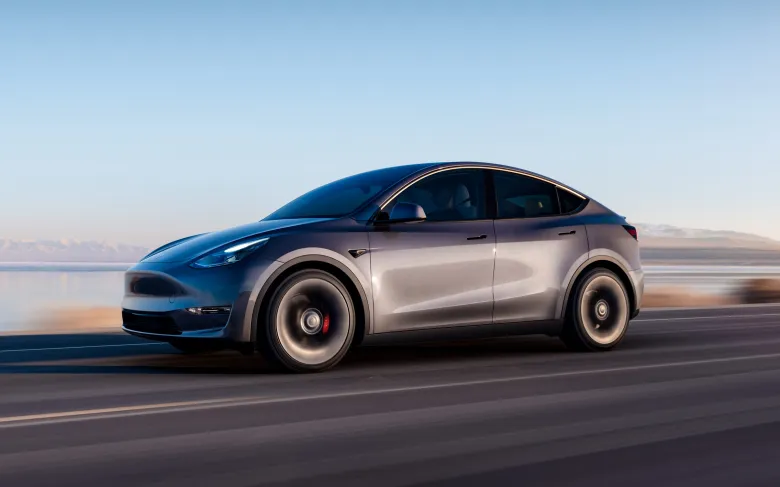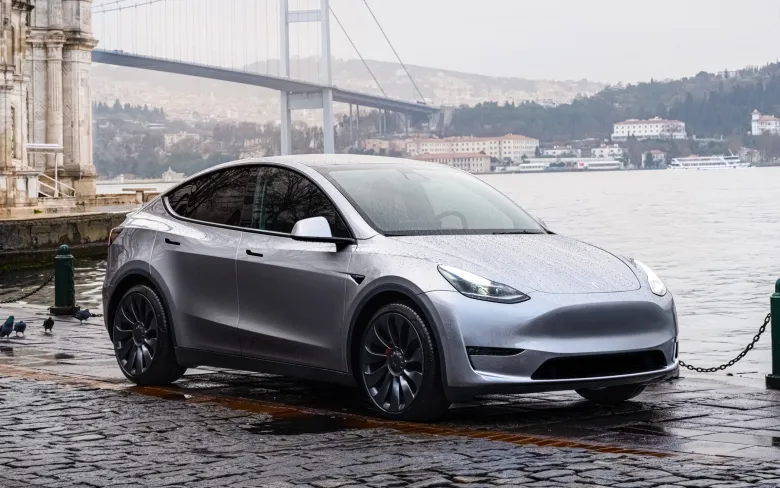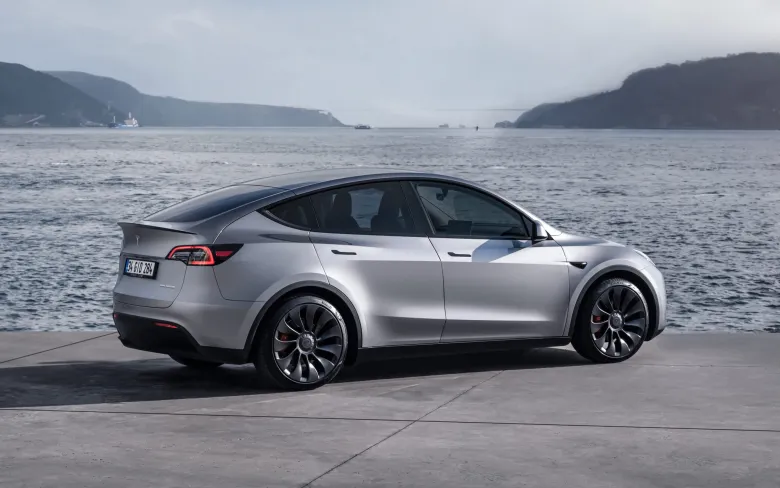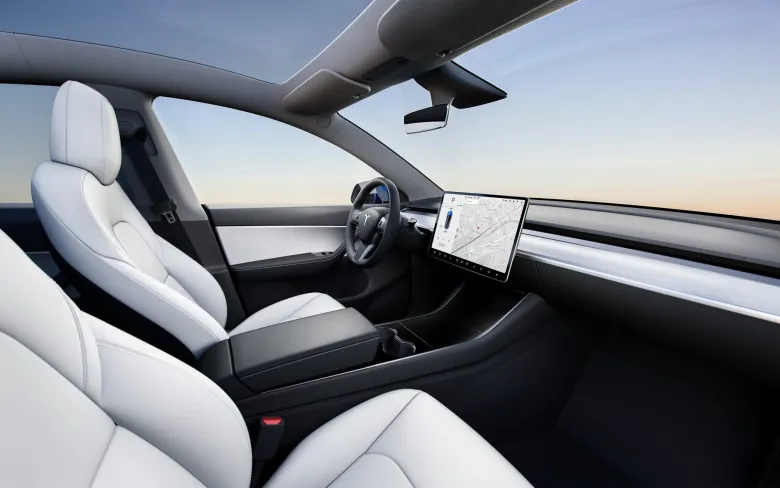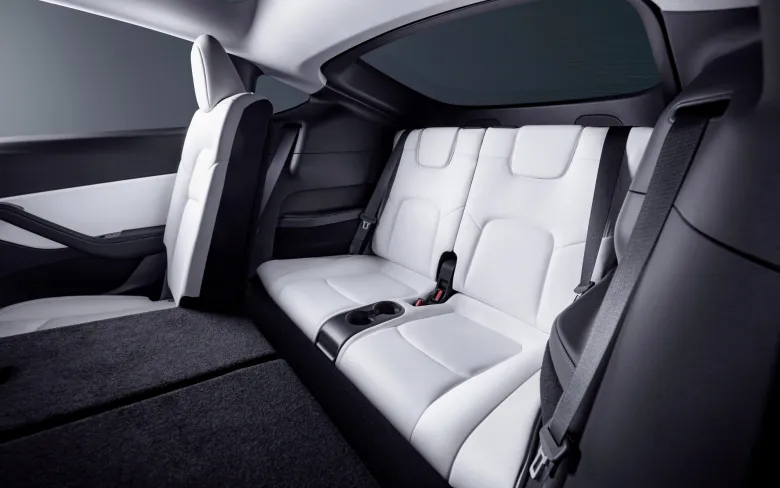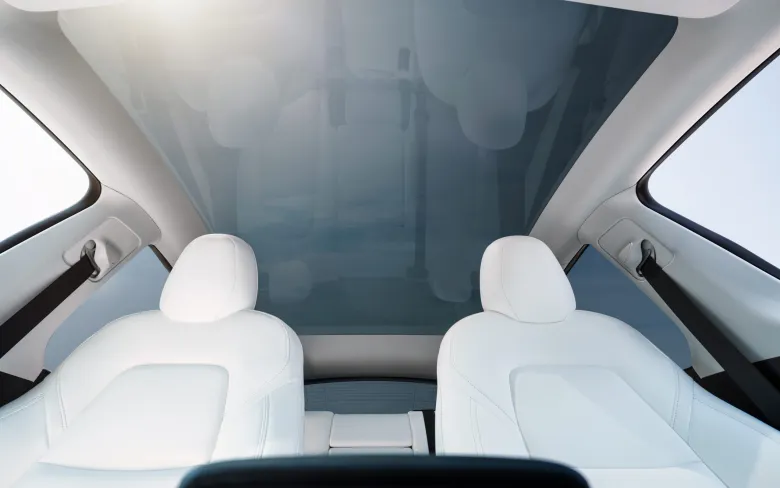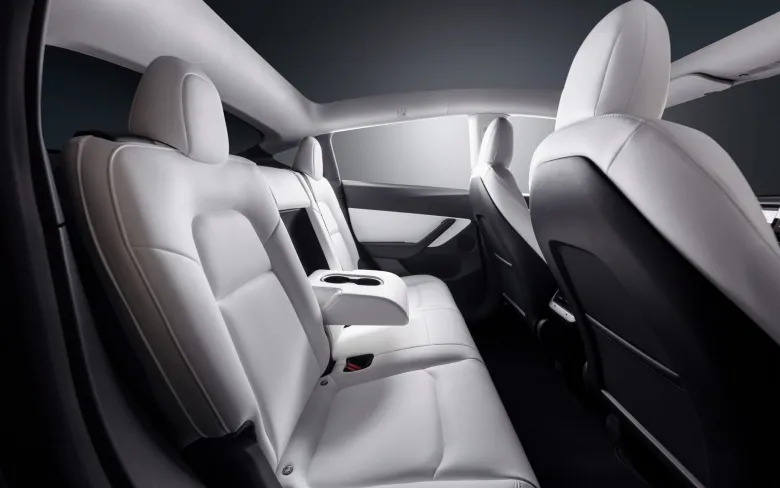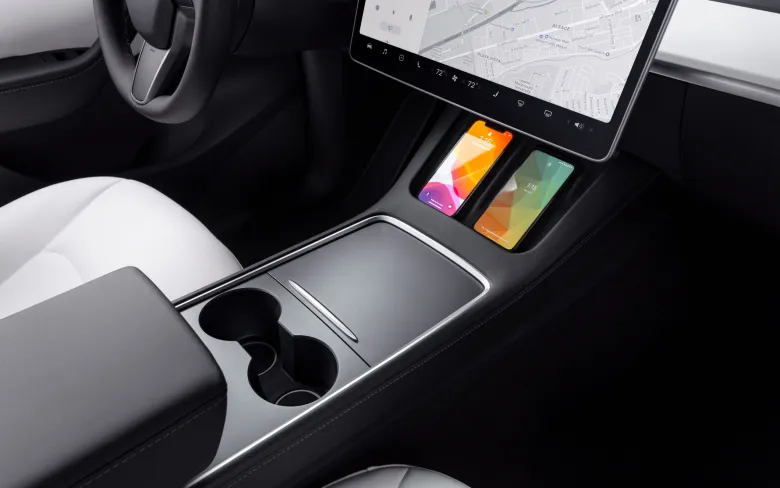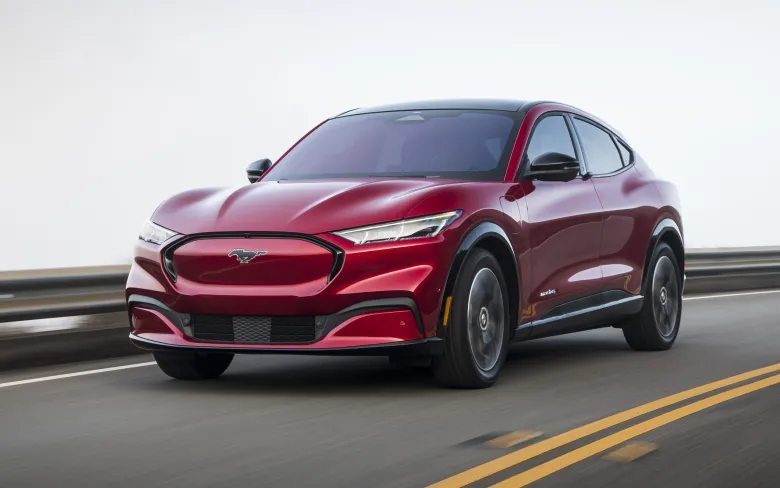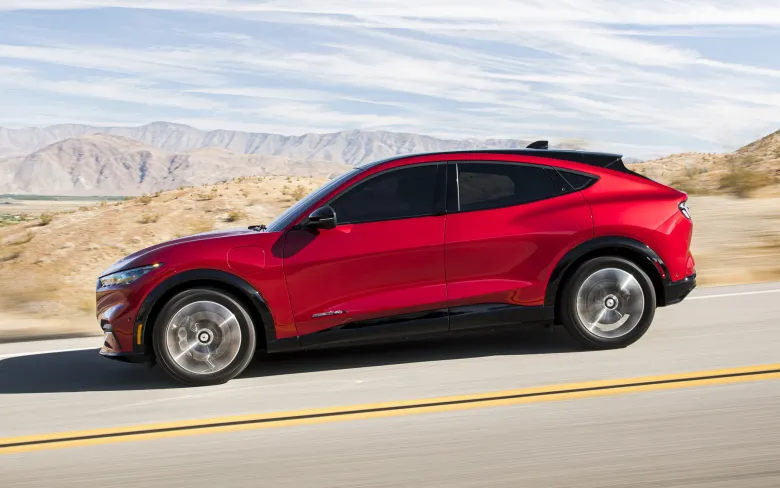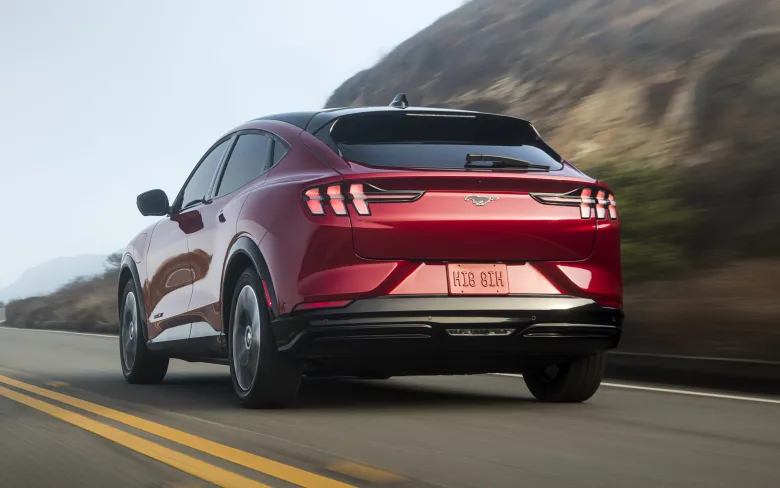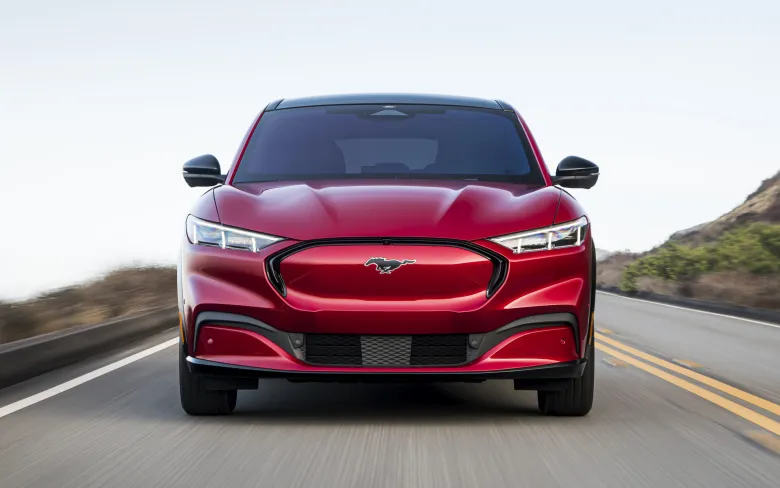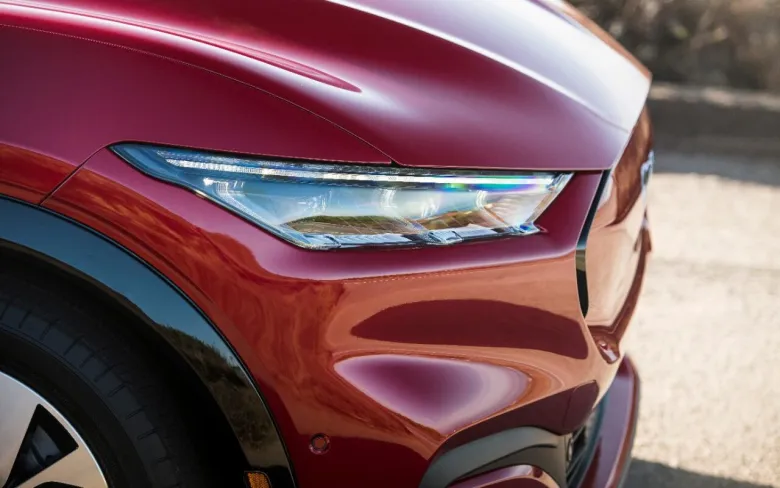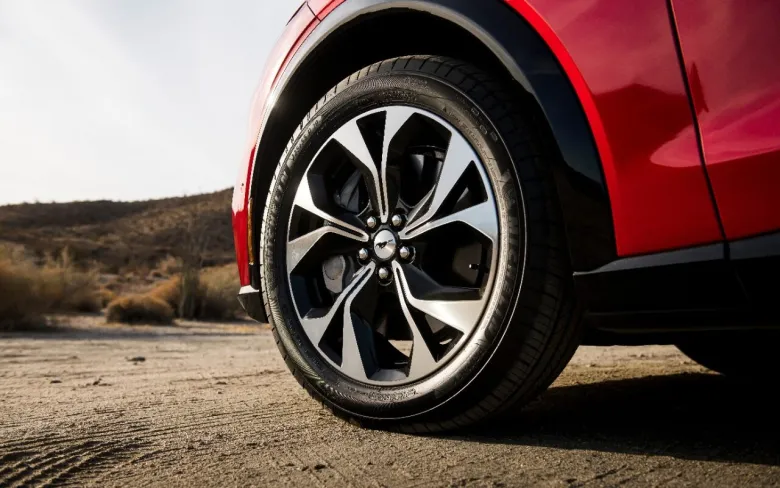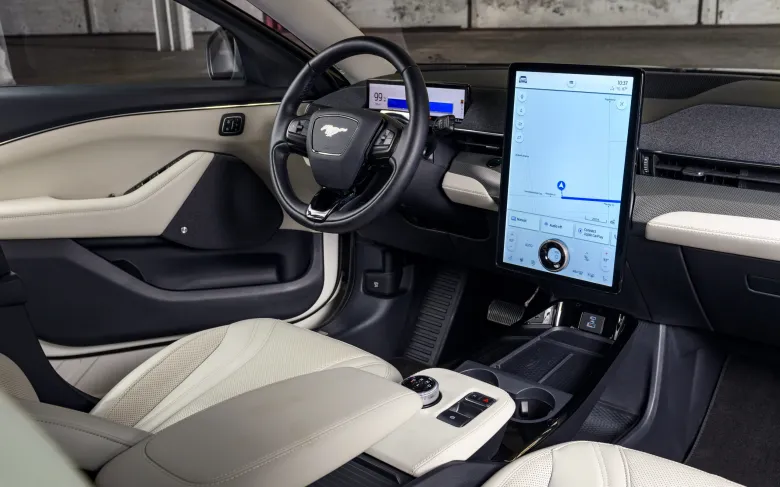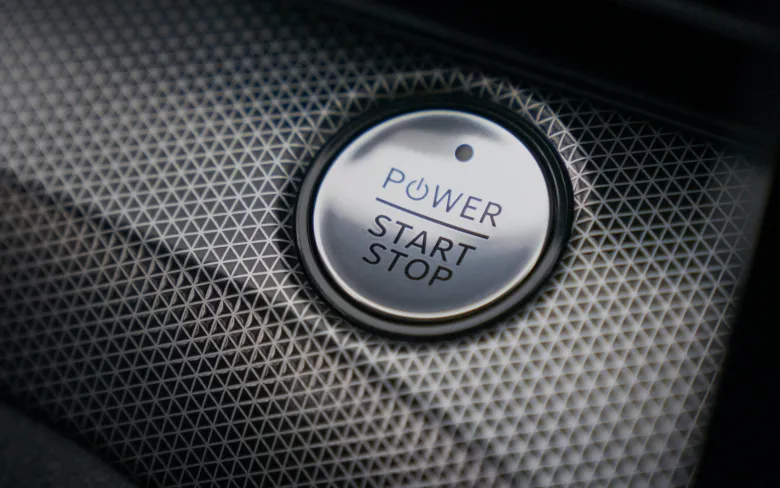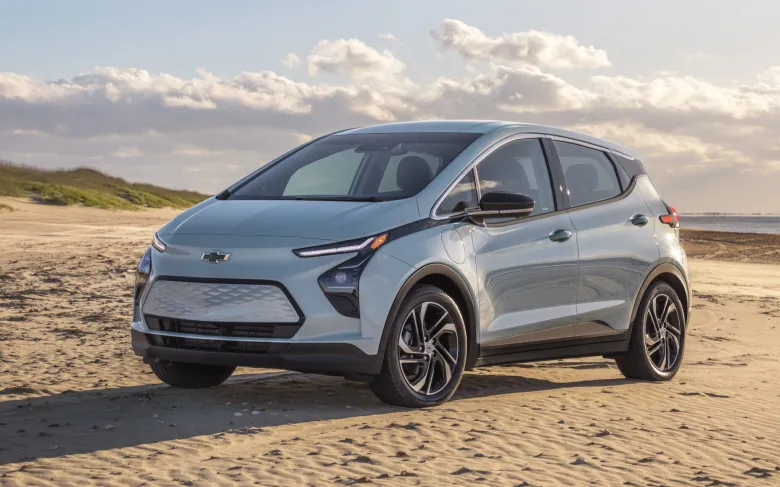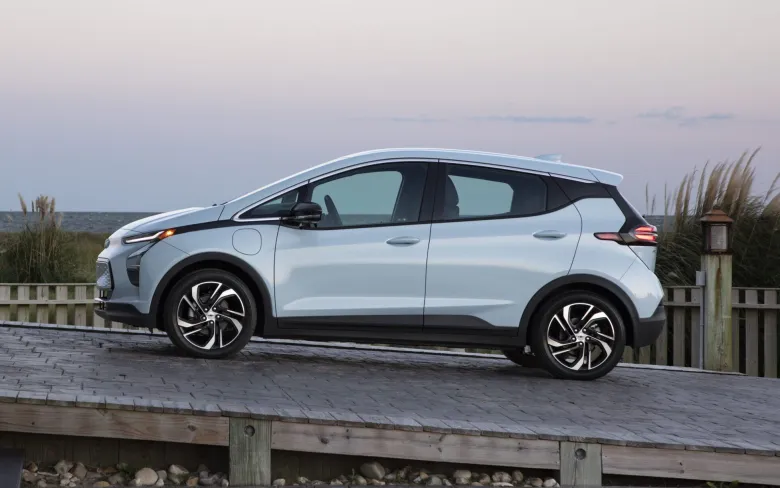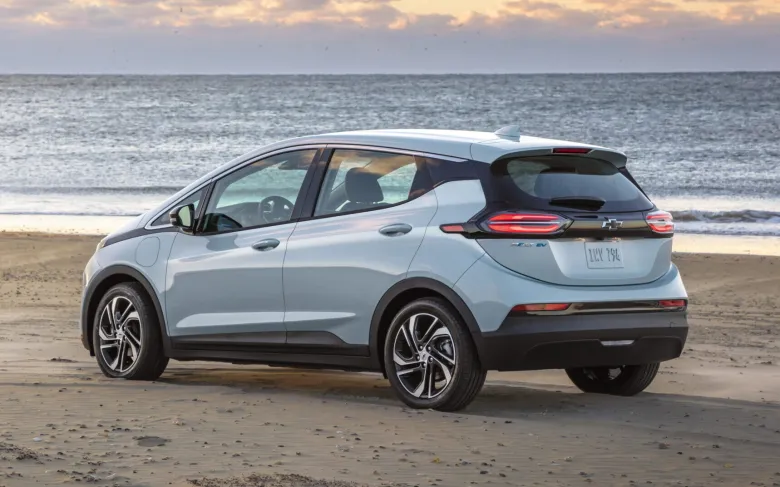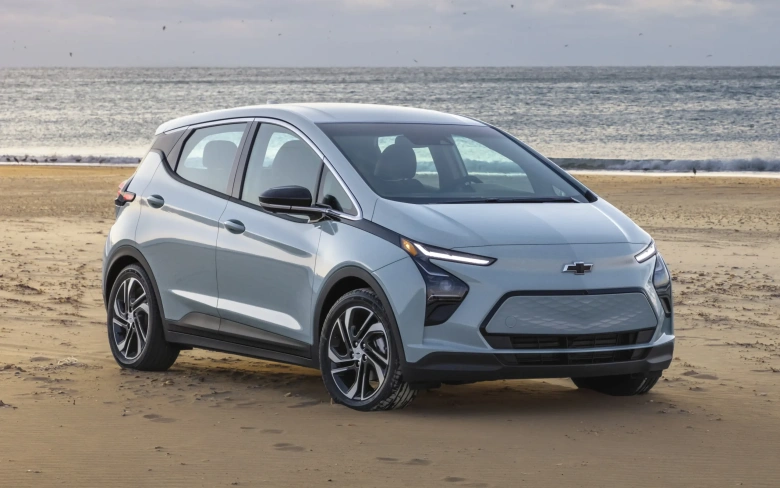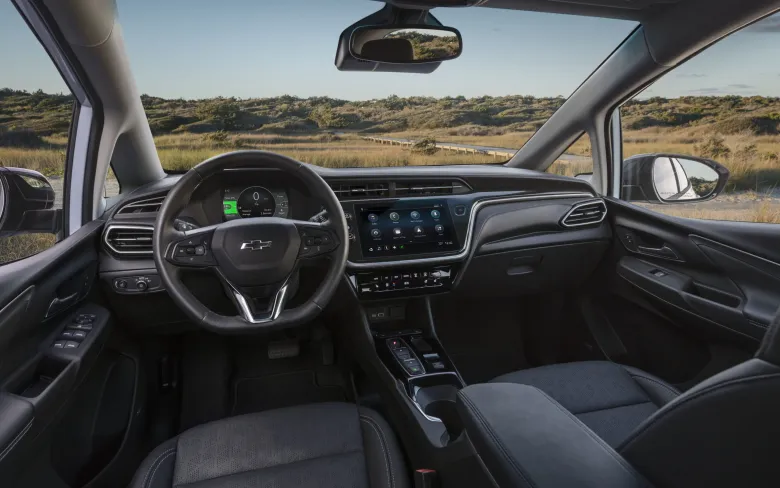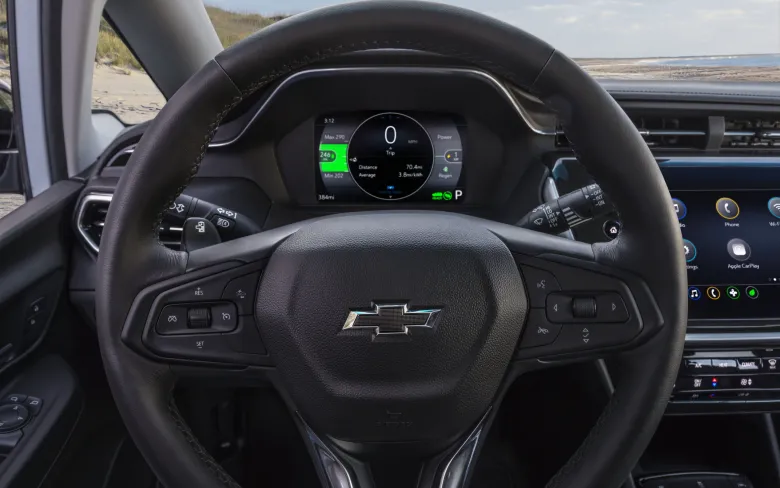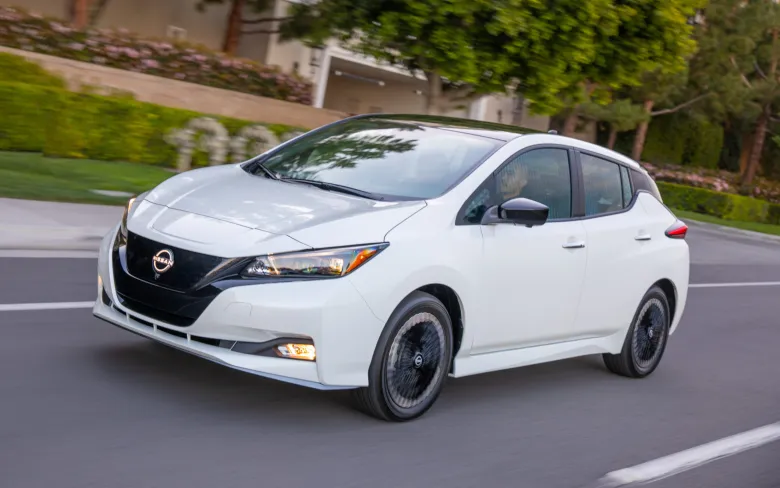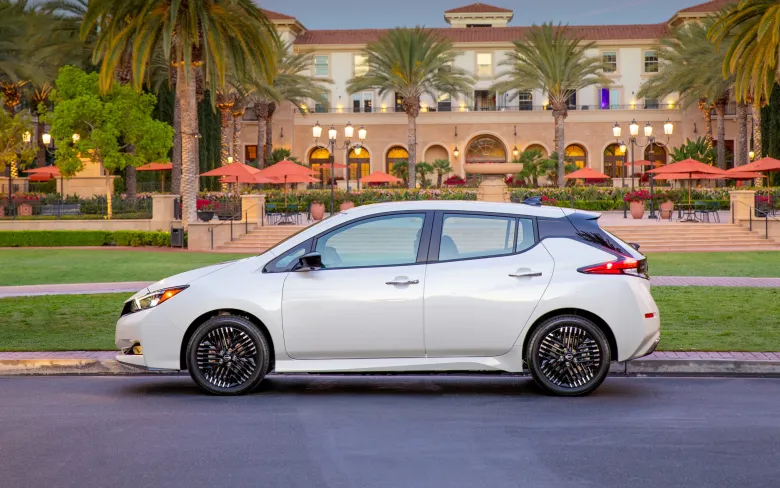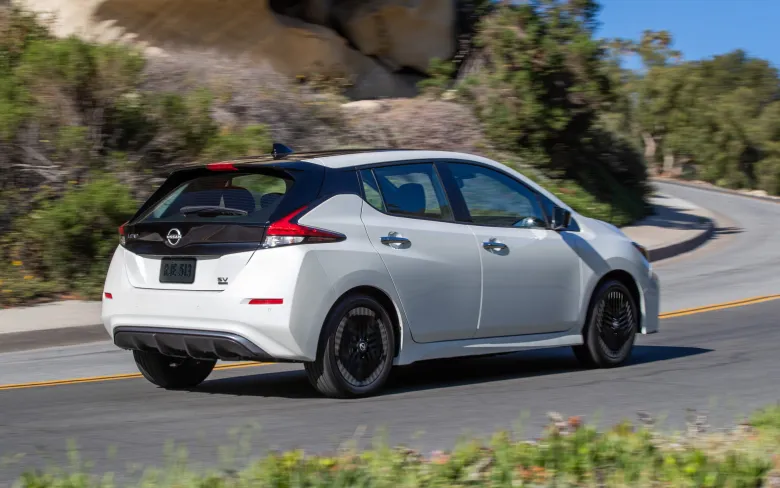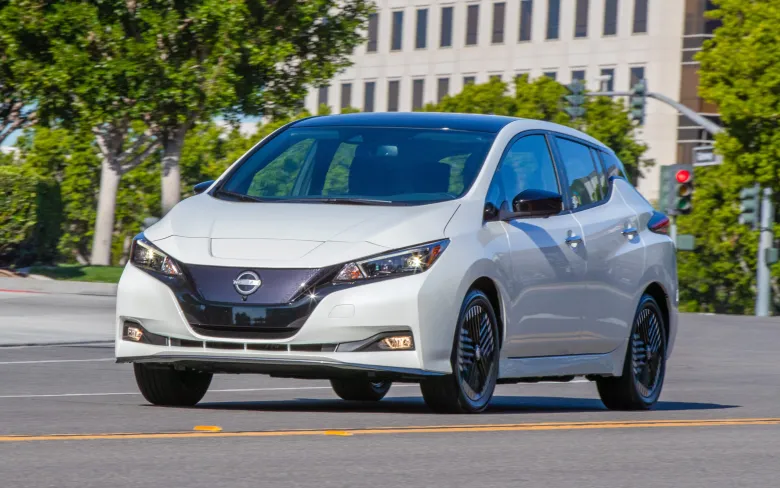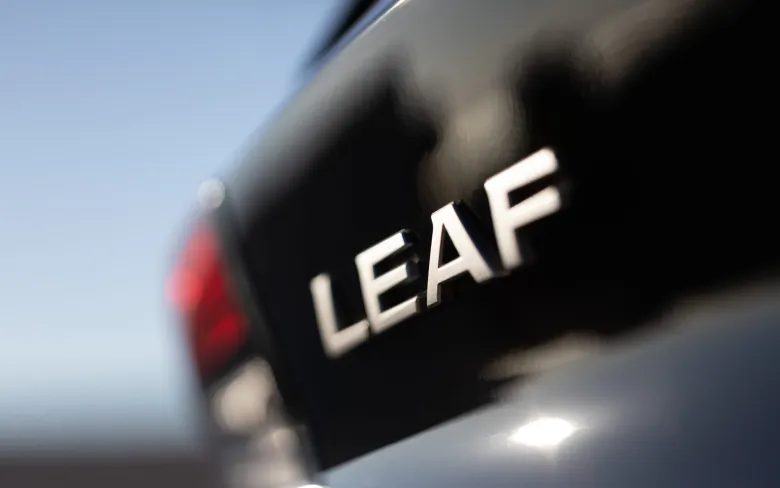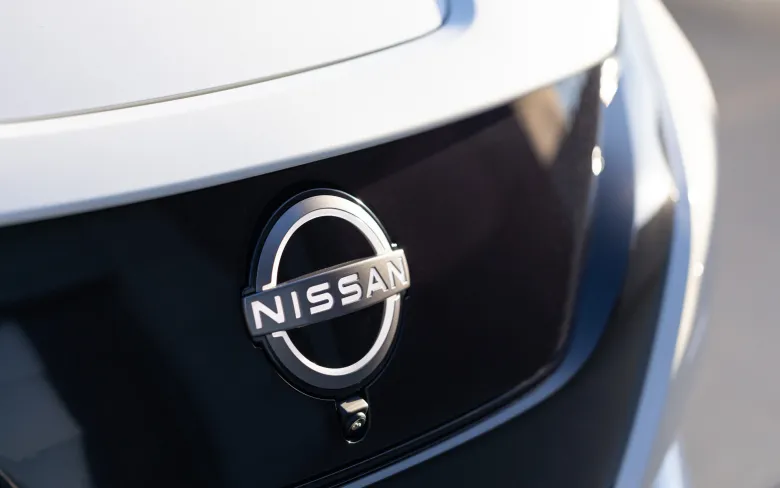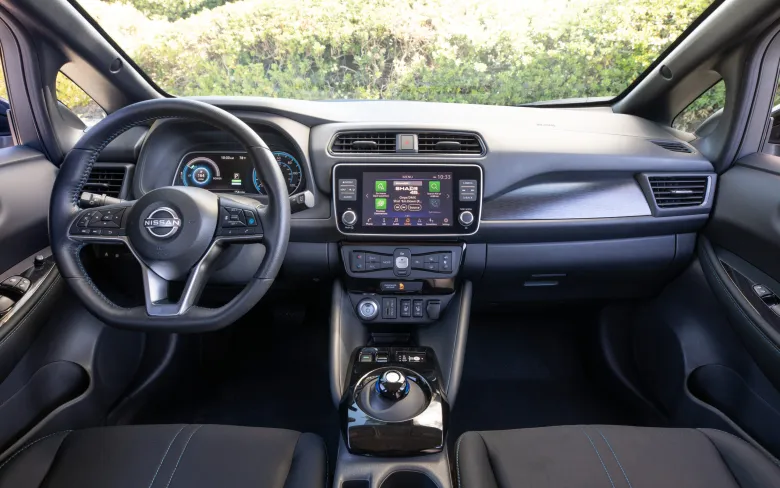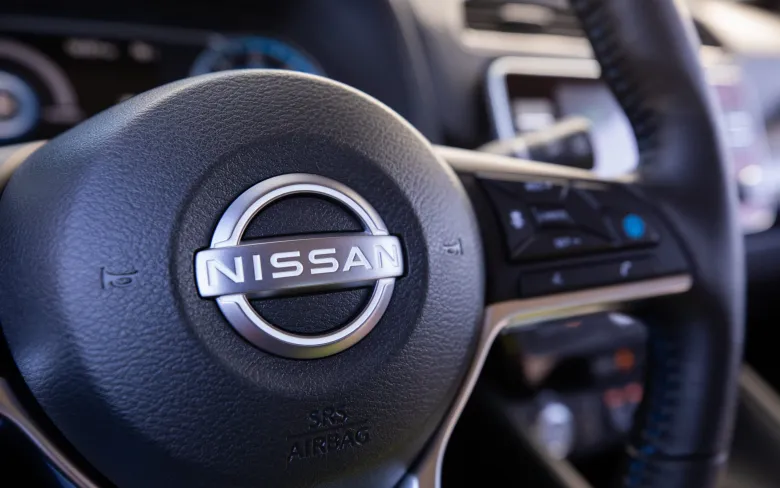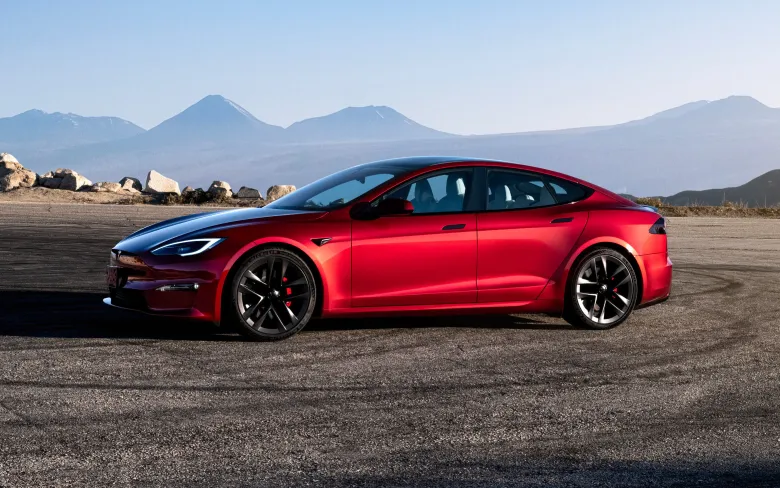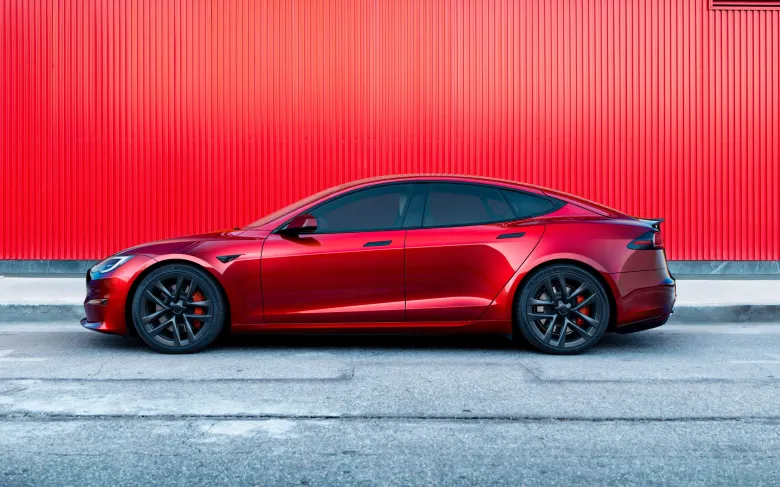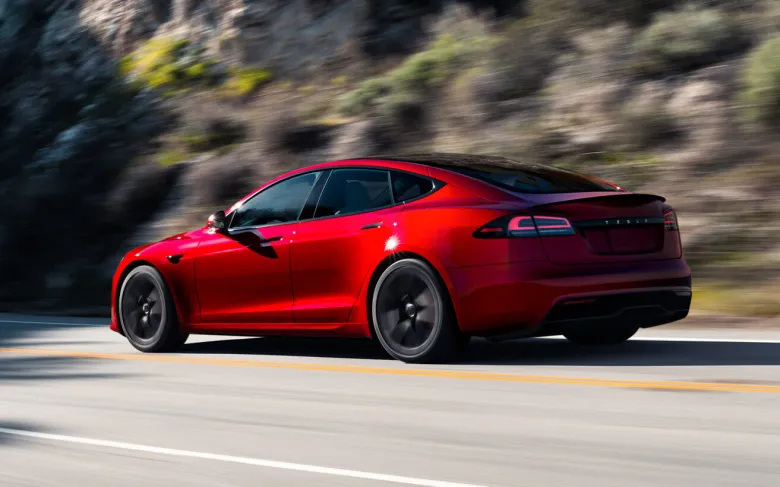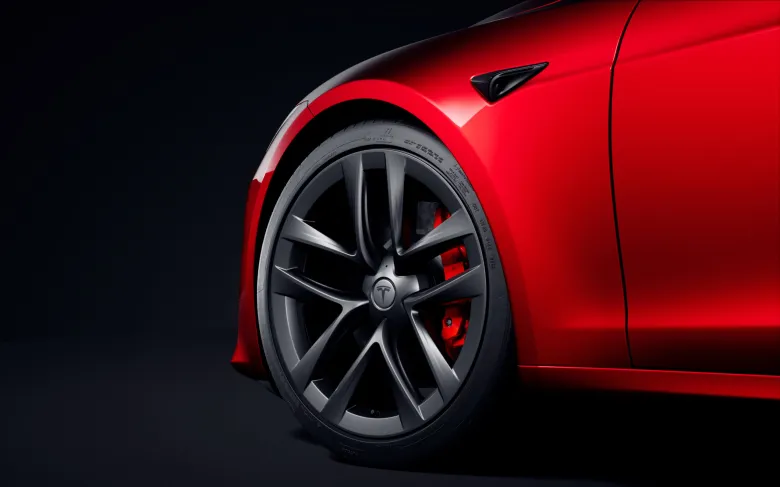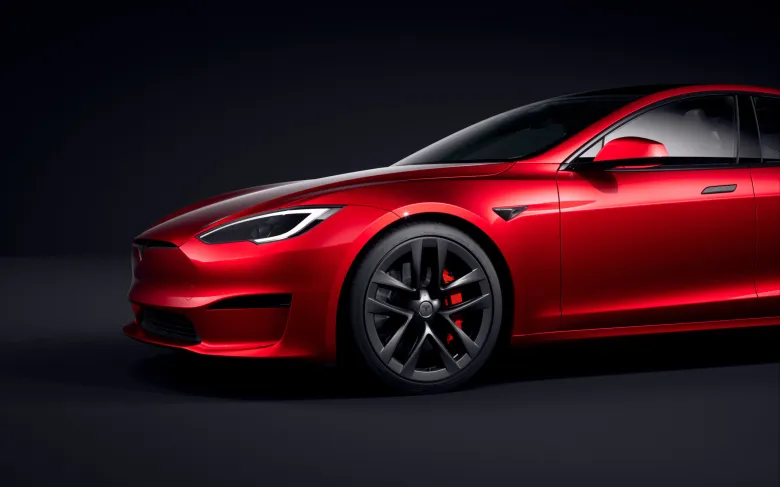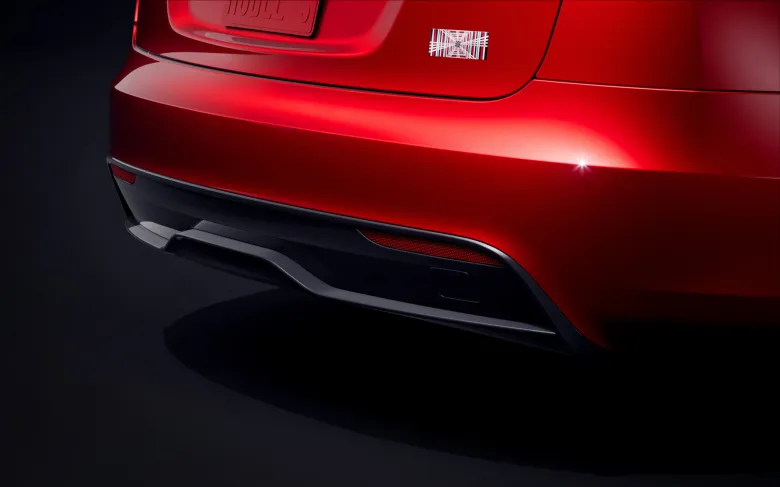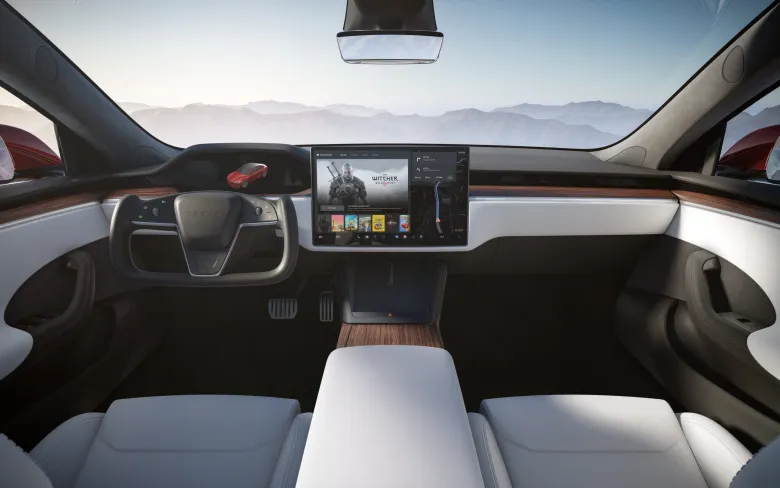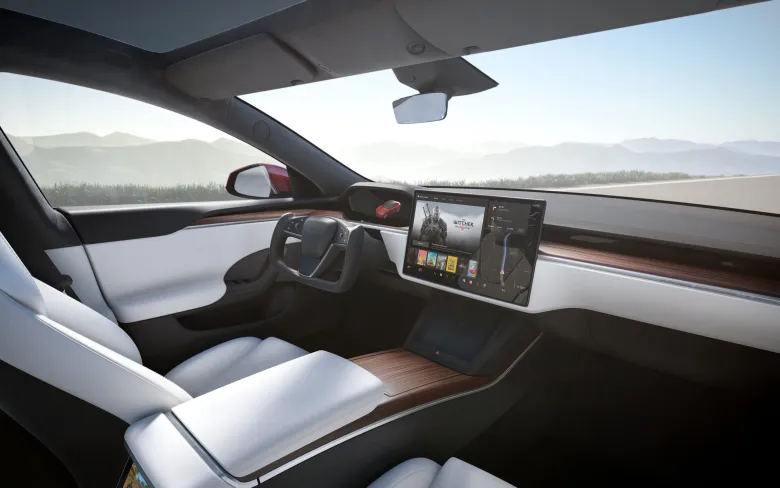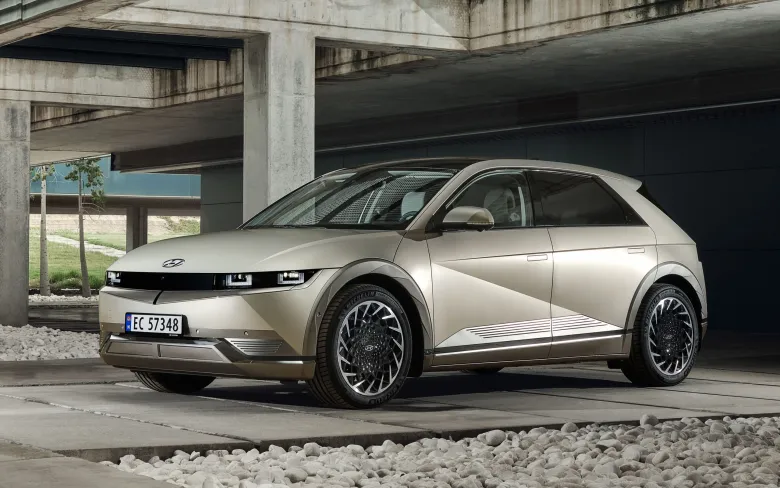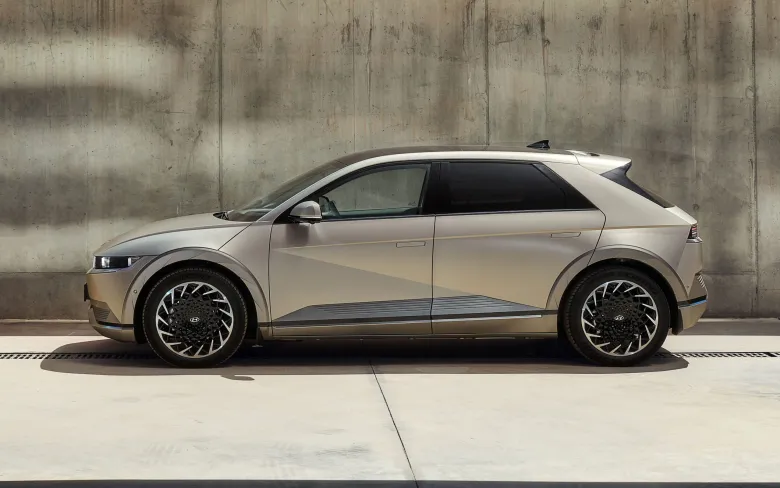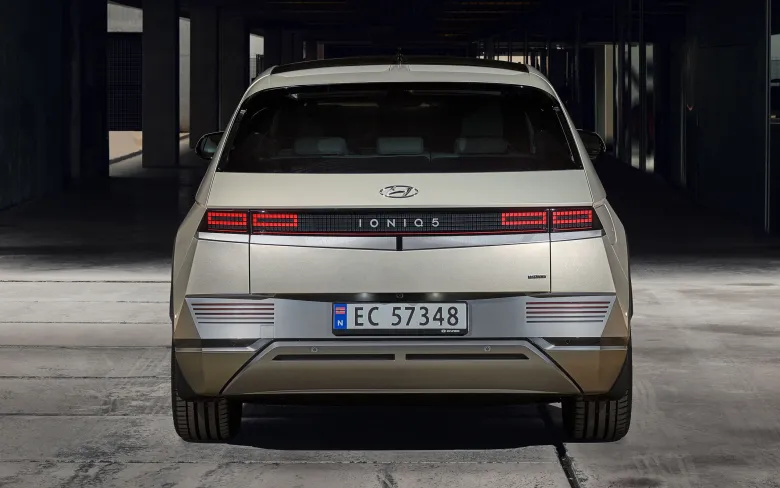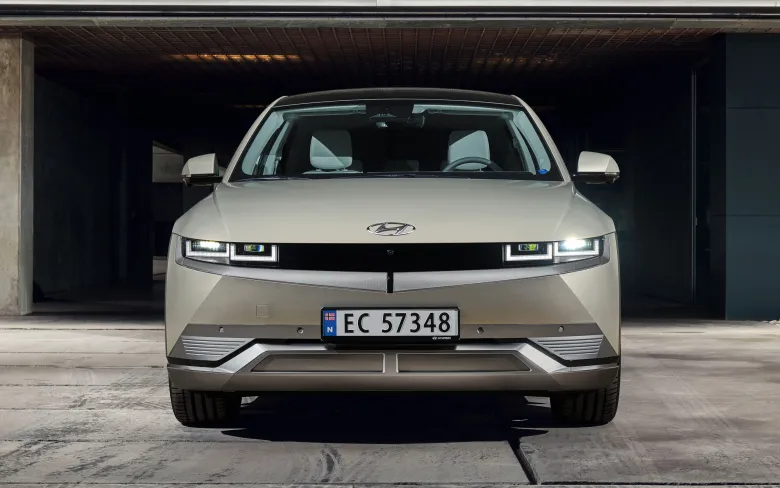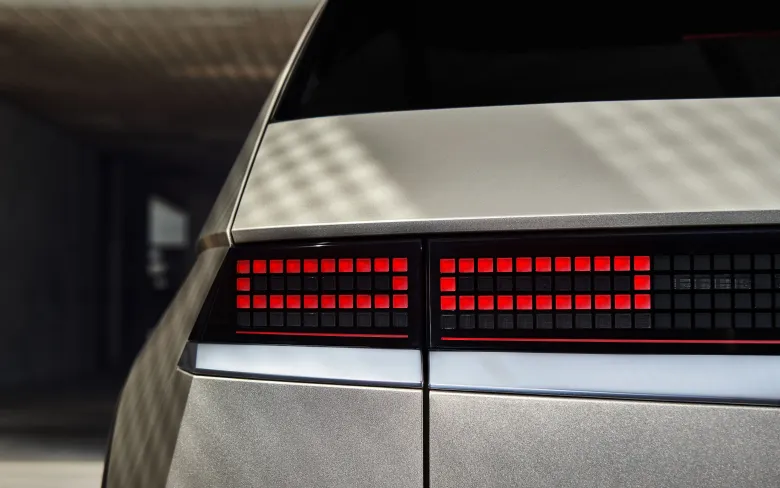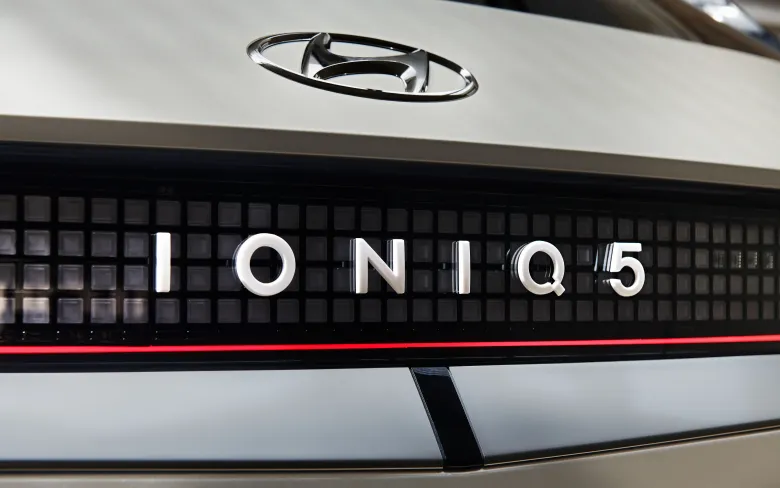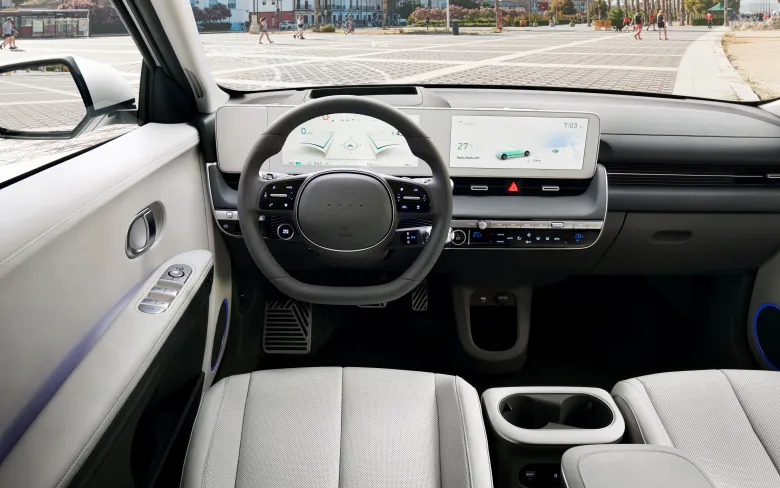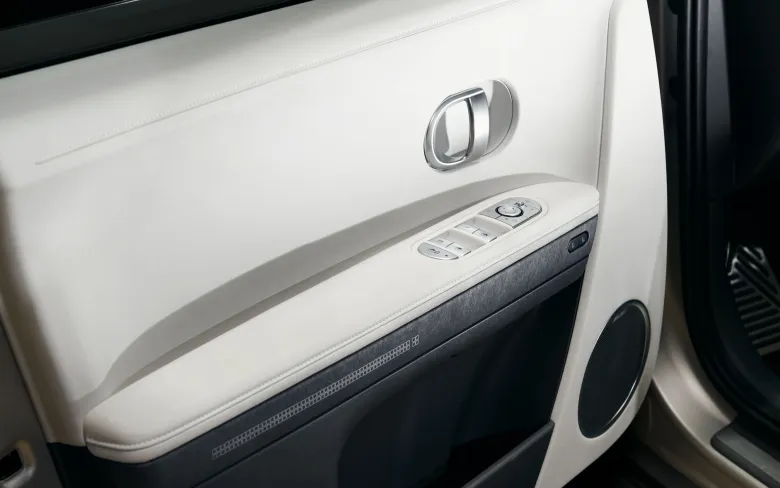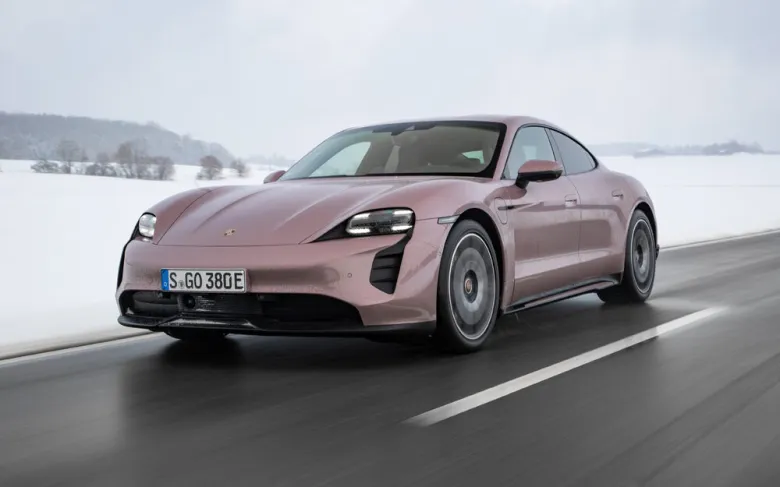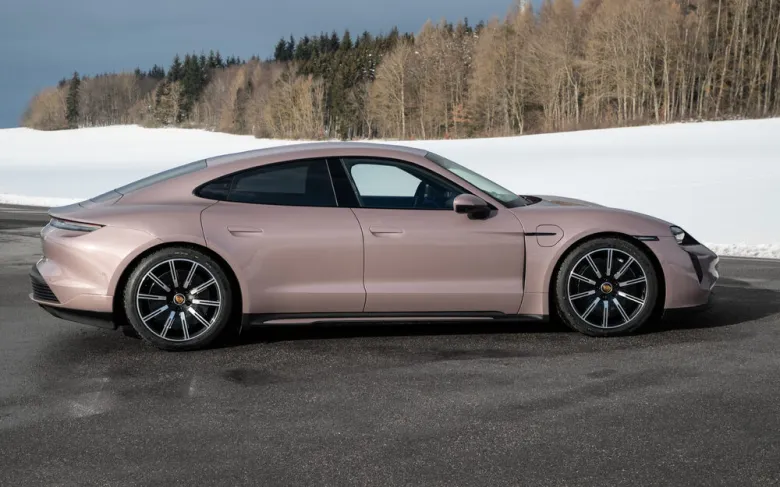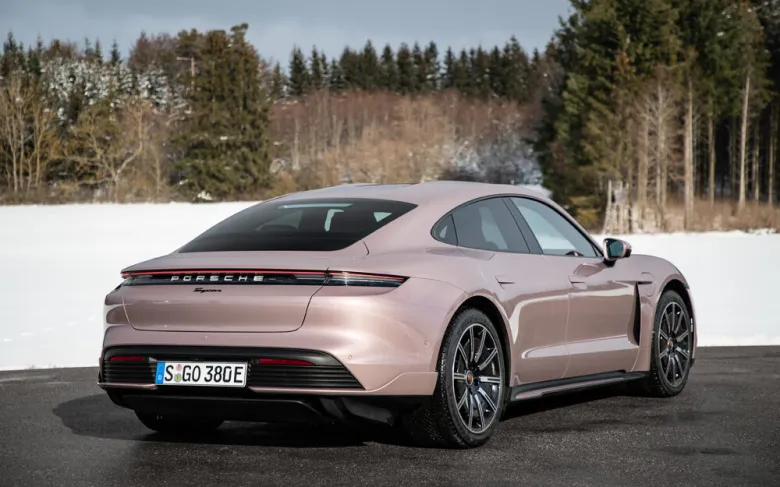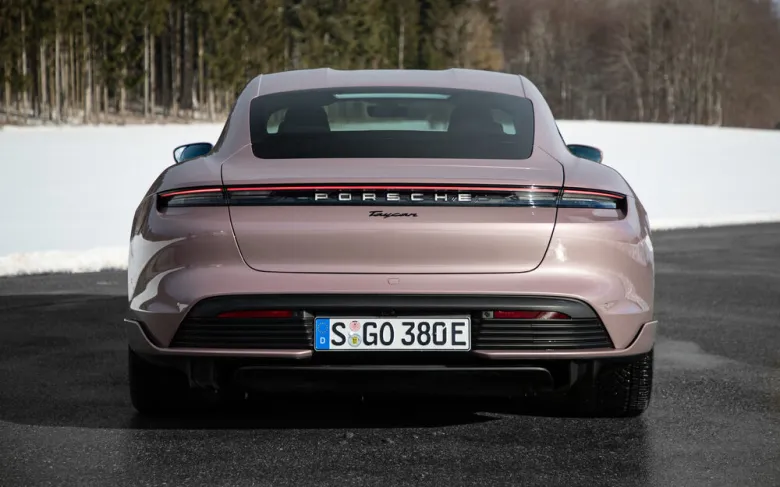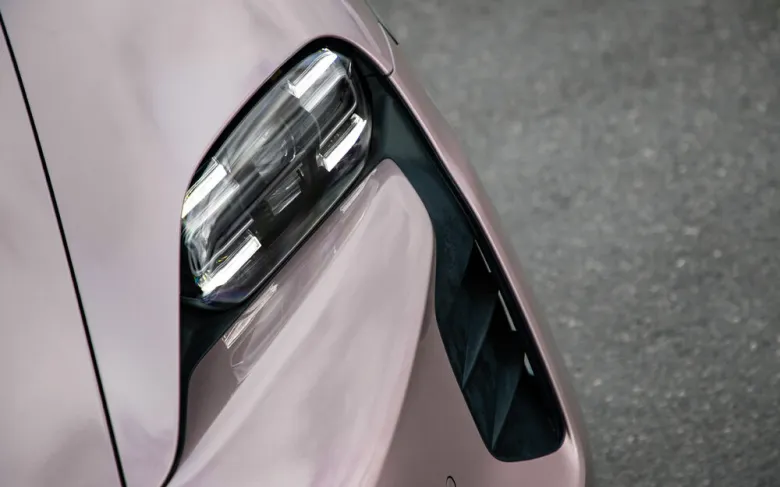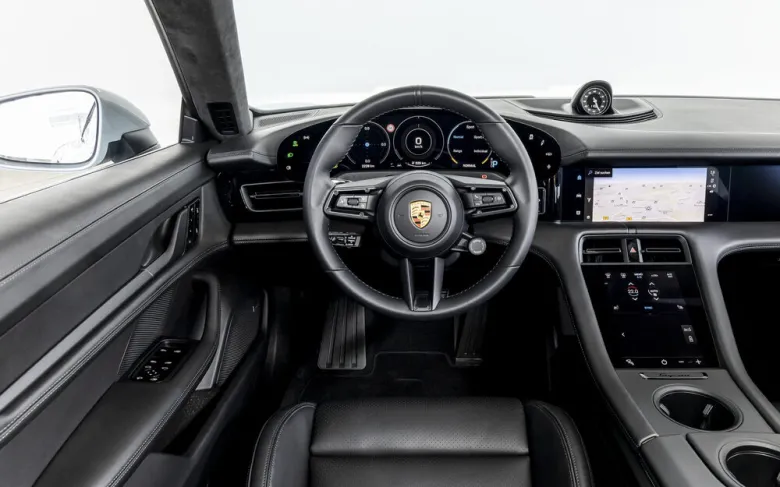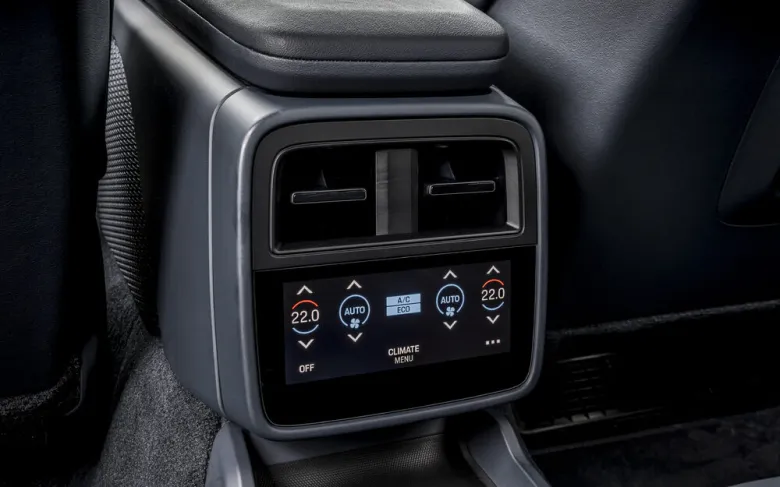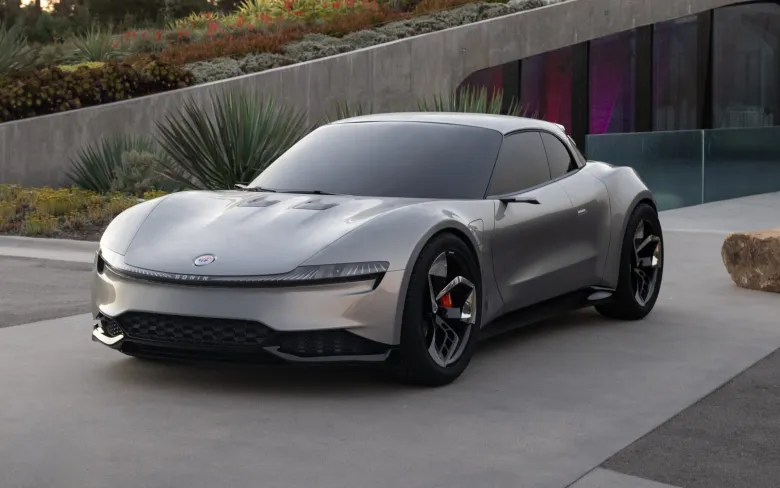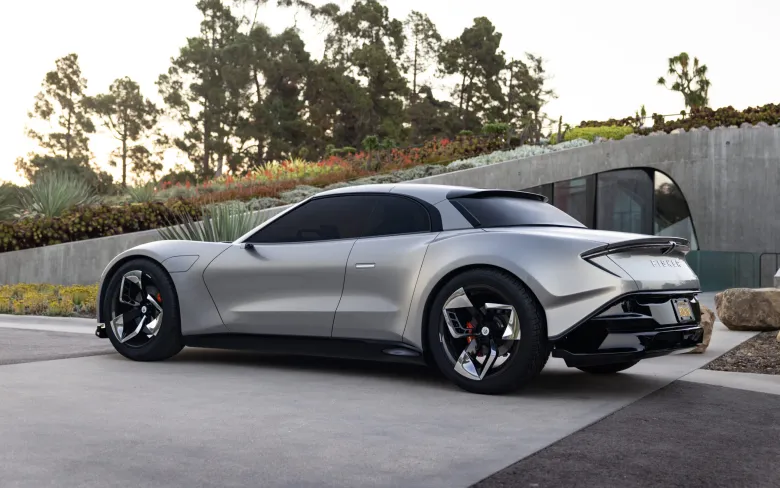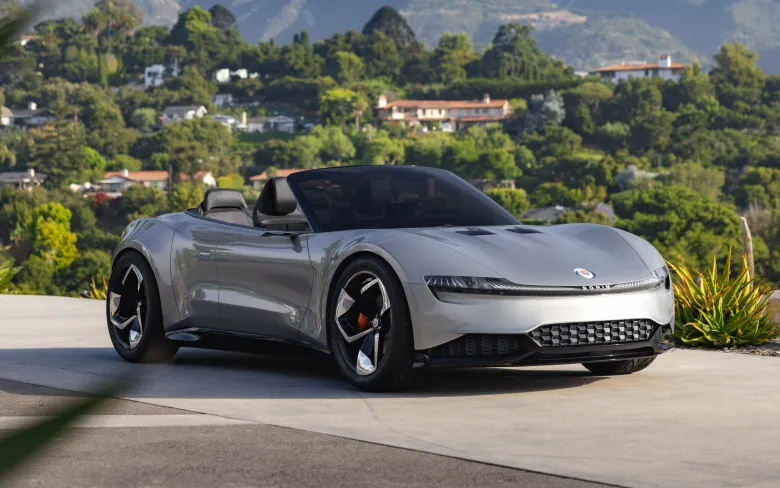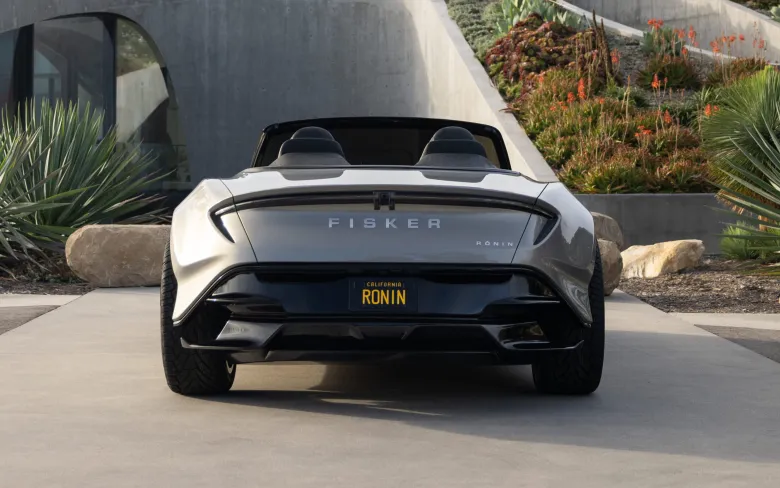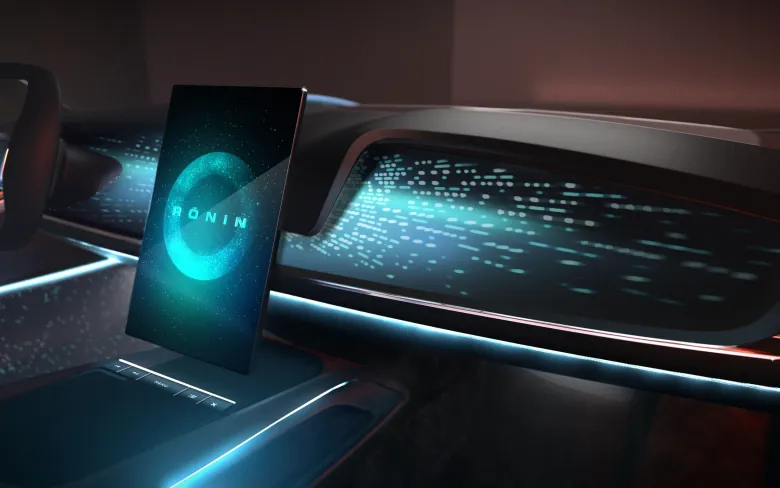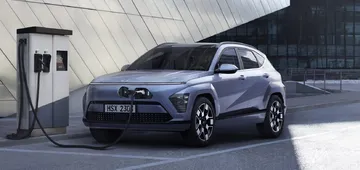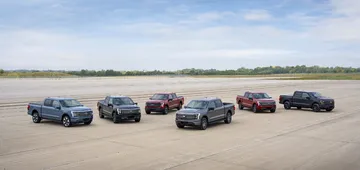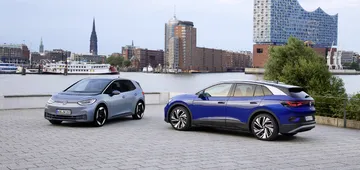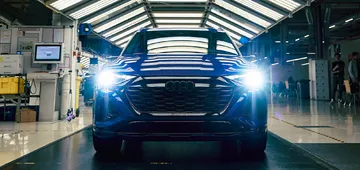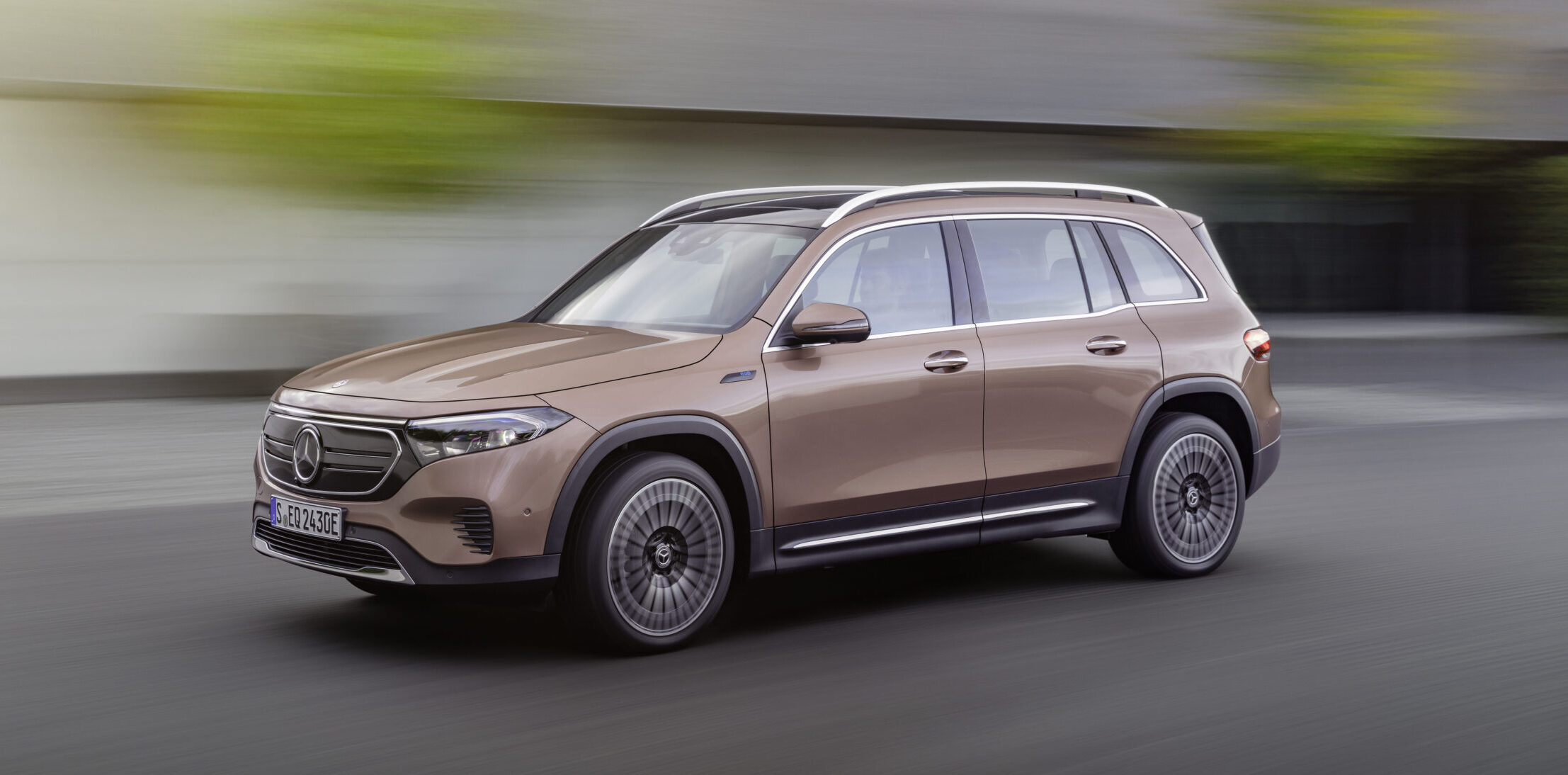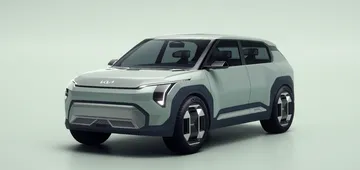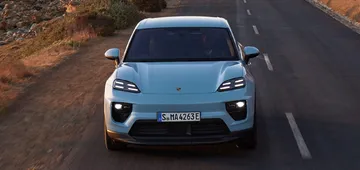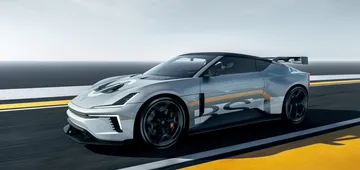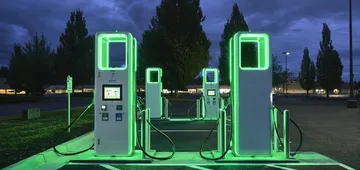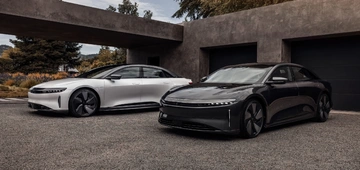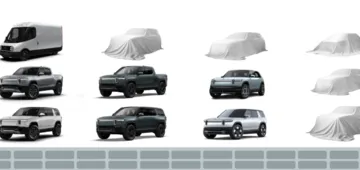Exploring the Mechanics. Do Electric Cars Have Transmissions?
Electric vehicles do indeed have transmissions, but they differ significantly from those found in traditional internal combustion engine (ICE) vehicles. The most common type of transmission in electric cars is the single-speed transmission system. This is because electric vehicles function quite effectively with such a system, given their ability to produce a wide range of torque and power. Unlike ICE vehicles, electric motors in EVs can generate a consistent amount of torque across a wide range of RPMs, typically up to 20,000 RPM. This capability means that electric cars don't need specific gear ranges to deliver optimal performance and can achieve maximum torque from 0 RPM, negating the need for multiple gears.
While electric cars can technically be equipped with multiple gear transmission systems, most manufacturers opt for single-speed transmissions due to their simplicity and efficiency. Using a transmission system with several gears in an electric car would only add complexity, weight, and cost, without providing significant benefits in terms of the vehicle's performance or efficiency. The adoption of single-speed transmissions in electric vehicles highlights a key difference in how these cars deliver power compared to traditional ICE vehicles, reflecting the unique characteristics and advantages of electric propulsion.
Fundamentals of Transmission in Electric Vehicles
Electric vehicles (EVs), exemplified by the Tesla Model Y, feature a transmission mechanism distinct from traditional gasoline-powered cars. The Tesla Model Y utilizes an electric motor powered by a battery, which in turn drives the vehicle. This system often employs single-speed transmissions, doing away with the multiple gears typical in conventional vehicles. The simplicity of this design is due to the electric motor's ability to provide a broad torque range across various speeds.
Furthermore, alongside this optimized transmission mechanism, the Tesla Model Y, in common with numerous electric vehicles (EVs), incorporates a regenerative braking system. This groundbreaking characteristic harnesses energy during braking or slowing down, redirecting it towards the battery, thus preserving energy and prolonging the vehicle's range. Additionally, bolstering the effectiveness of electric vehicles, the battery in automobiles such as the Model Y can also receive external recharging, contributing to the convenience and eco-friendliness of electric automobiles
Electric vs. ICE Vehicles, A Transmission Comparison
The Ford Mustang Mach-E's transmission system showcases the fundamental differences between electric vehicles (EVs) and conventional internal combustion engine (ICE) vehicles. The Mach-E, available in various configurations like standard and extended-range batteries and rear- or all-wheel drive, utilizes single-speed transmissions paired with electric motors. This contrasts with the multi-speed transmissions of ICE vehicles. Electric motors provide a broad torque range over various speeds, simplifying the transmission system. Unlike ICE cars, the Mach-E and similar EVs don't employ torque vectoring or limited-slip differentials; lateral torque adjustments are made via stability and traction control systems.
In terms of powertrain, the Mach-E's smaller, 75-kWh battery pack allows for a range of 230 miles in rear-wheel drive and 210 miles in all-wheel drive. The GT model, geared for performance with all-wheel drive, boasts 459 hp and 612 lb-ft of torque but has a reduced range of about 250 miles. Conversely, ICE vehicles typically have more complex transmission systems with multiple gears, designed to manage varying speeds and power requirements, and often include features for enhanced handling and performance, such as torque vectoring and limited-slip differentials. This comparison underscores the contrasting approaches of EVs and ICE vehicles in powertrain and transmission design.
Decoding Single-Speed Transmission in Electric Cars
The Chevrolet Bolt, as an example of an electric vehicle (EV) with a single-speed transmission, demonstrates the efficiency and simplicity of this design. The Bolt's motor operates with high efficiency, showing little variation across different usage scenarios. At steady highway driving speeds, it achieves about 95.25% efficiency, with an overall range mostly between 94% and 96.75%. This consistent efficiency indicates minimal gains from lower RPMs, and the relatively simple transmission design contributes to the overall energy efficiency of the vehicle.
Modern EVs like the Bolt benefit from a lower gear ratio and powerful, efficient motors, rendering a multi-speed gearbox unnecessary for performance. The Bolt's motor enables quick acceleration (0-100 km/h in 7.0 seconds) while maintaining high efficiency. In contrast, adding a multi-speed transmission to such a system could decrease efficiency from around 93% to 91%, leading to a significant relative increase in energy consumption. This highlights the advantages of a single-speed transmission in EVs, which balances simplicity, efficiency, and performance.
Contrasting Driving Dynamics. EVs vs. ICE Cars
The Nissan Leaf, exemplifying electric vehicles (EVs), presents a unique driving experience when contrasted with traditional internal combustion engine (ICE) automobiles. One of its standout attributes is the swift and immediate torque delivery, rendering it highly satisfying for acceleration. The Leaf can provide full power and torque from the very start at 0 RPM, a characteristic not found in ICE vehicles. While it may not reach the performance standards of top-tier sports cars, its convenience and on-road composure are well-received by daily commuters.
Nissan has designed the Leaf to bridge the gap between traditional ICE vehicles and EVs, ensuring the driving experience isn't drastically different. This includes subtle design choices like adding a "creep" effect, mimicking the torque converter of an ICE car. Many drivers find that after using the Leaf, gasoline cars feel outdated due to their vibrations and the constant need to check fuel levels. The driving style in the Leaf often shifts towards a more relaxed, "Zen" approach, especially given the vehicle's limitations and the desire to conserve power. This results in a calmer, more mindful driving experience.
Analyzing the Performance Dynamics of EV Transmissions
The Tesla Model S distinguishes itself in the electric vehicle market, especially in terms of its transmission performance, which sets it apart from traditional internal combustion engine (ICE) automobiles. One of its standout characteristics is the nearly instantaneous power delivery. The Model S achieves rapid acceleration, with the long-range model accelerating from 0 to 60 mph in a mere 3.1 seconds, and the Plaid model achieving this feat in an astonishing 1.99 seconds. This is made possible by the electric motor's ability to deliver immediate torque, a sharp contrast to ICE vehicles that necessitate time for power buildup through gear shifts and turbocharging.
In addition to its impressive 0-60 times, the Tesla Model S excels in in-gear acceleration. Unlike ICE vehicles that need to downshift and wait for turbo engagement, the Model S can accelerate instantly, thanks to the immediate availability of torque. This feature allows it to surpass even high-end ICE vehicles like the BMW M5 Competition in mid-range acceleration. The Model S utilizes a simple, efficient single-speed gearbox, contrasting with other EVs like the Porsche Taycan that employs a two-speed transmission. Furthermore, its skateboard design with a low-mounted battery pack and dual electric motors enables an all-wheel drive without traditional mechanical components, differing significantly from the typical ICE car layout. These characteristics highlight the unique performance and driving experience offered by electric vehicles like the Tesla Model S, setting them apart from their ICE counterparts.
Exploring the Efficiency of Single-Speed Transmissions in EVs
The Hyundai Ioniq 5 highlights the merits of utilizing a single-speed transmission in electric vehicles, a prevalent choice in Battery Electric Vehicles (BEVs). This engineering decision makes a significant contribution to the vehicle's performance, especially in terms of the fluidity of its powertrain. When accelerating from a complete stop to high velocities, the Ioniq 5 exhibits none of the abrupt or jarring sensations frequently linked to multi-gear transmissions found in conventional internal combustion engine automobiles. This results in a smooth and more sophisticated driving experience, characterized by a consistent and uninterrupted power delivery.
Furthermore, the preference for single-speed transmissions in electric cars like the Hyundai Ioniq 5 stems from practical considerations. Electric vehicles do not need the varied gear ratios that are crucial in conventional vehicles with internal combustion engines. Adding a complex, multi-gear transmission to an electric car would not only increase the vehicle's weight and complexity but also raise its overall production costs. Therefore, a single-speed transmission is not only more efficient for the specific power delivery characteristics of electric vehicles but also more cost-effective, making it a favorable choice for manufacturers and beneficial for consumers in terms of vehicle performance and reliability.
Evaluating Multi-Gear Transmission Potential in Electric Vehicles
The Porsche Taycan stands as a noteworthy deviation from the conventional design approach in the electric vehicle (EV) market, thanks to its groundbreaking and distinctive multi-gear transmission system. This feature sets it apart considerably from the majority of EVs, which predominantly employ single-speed transmissions. The incorporation of a two-speed gearbox in the Taycan represents a deliberate and strategic move aimed at further enhancing its overall performance. This innovative system primarily bolsters both acceleration and efficiency, especially when the vehicle operates at higher speeds. Consequently, the Taycan is able to deliver power more effectively during operations at elevated speeds, resulting in a substantial improvement in its overall driving dynamics.
This approach to transmission is especially beneficial in EVs designed for performance, like the Taycan. It offers an optimal combination of efficiency at high speeds and dynamic acceleration capabilities. This feature sets the Taycan apart in a market dominated by single-speed electric vehicles. The Taycan's transmission system not only enhances its performance but also underscores the potential for innovation in electric vehicle technology, demonstrating how varying transmission designs can cater to different performance needs and preferences in the evolving EV landscape.
Advancing into the Future. Electric Vehicle Transmission Technologies
The landscape of electric vehicle (EV) transmissions is rapidly evolving, marked by several key technological advancements poised to significantly enhance EV performance and efficiency. Among these emerging technologies are turbocharged electric motors, which provide greater torque and efficiency than traditional electric motors by spinning faster for improved power output at lower speeds. Another notable development is programmable automatic transmissions, enabling drivers to tailor transmission settings to their driving preferences, including choosing shift points and acceleration ratios with an option for manual adjustments. Additionally, variable-speed drives are gaining attention for their ability to smoothly transition between gears, reducing power losses during shifting and shortening the gear shift time. Dual-mode electric motors are also making headway, merging the benefits of conventional electric motors with hybrid systems for increased performance and efficiency, utilizing both electric and gasoline power sources.
Focusing on specific EV models like the Fisker Ronin, an all-electric four-door convertible GT sports car, we see these advancements influencing design and performance. The Ronin boasts an integrated battery pack that targets a range of over 600 miles, powered by a triple motor all-wheel drive system capable of producing over 1,000 horsepower. This setup enables the Ronin to achieve 0-60 mph in an impressive two seconds. However, detailed information regarding the specific type of transmission used in the Fisker Ronin remains elusive in the current sources. Overall, the progression in EV transmission technology indicates a promising future for the sector, with continual advancements leading to more efficient, eco-friendly, and powerful electric vehicles, as exemplified by innovative models like the Fisker Ronin.
Summarizing the Evolution of EV Transmission Systems
In summary, electric vehicle (EV) transmissions mark a significant shift from traditional internal combustion engine (ICE) vehicle transmissions. While EVs do have transmissions, they predominantly utilize single-speed systems, diverging from the multi-gear setups found in ICE vehicles. This distinction stems from the unique capabilities of electric motors, which can deliver consistent torque across a broad range of RPMs, effectively from 0 RPM. This characteristic eliminates the need for multiple gears, allowing EVs to perform optimally without the complexity, weight, and additional cost associated with multi-gear transmissions. The adoption of single-speed transmissions in EVs not only simplifies the powertrain but also enhances the efficiency and performance of these vehicles.
This evolution in transmission systems highlights the innovative trajectory of electric vehicle technology. By leveraging the inherent advantages of electric propulsion, EV manufacturers have redefined power delivery in modern vehicles. The move towards single-speed transmissions in electric cars is a testament to the industry's commitment to simplicity, efficiency, and performance enhancement. As the automotive landscape continues to evolve, these advancements in EV transmission technology signify a pivotal shift in vehicle design and functionality, reshaping the driving experience and setting new benchmarks within the automotive sector.
Comparative Insights of Electric and ICE Vehicle Transmission Systems
The transmission systems in Internal Combustion Engine (ICE) vehicles and Electric Vehicles (EVs) present several fundamental differences, reflecting the contrasting approaches to powertrain design and vehicle performance in these two types of automobiles. ICE vehicles typically employ multiple-speed transmissions, which are necessary to manage varying speeds and power requirements efficiently. In contrast, EVs generally utilize simpler single-speed transmissions, leveraging the consistent torque delivery of electric motors across a wide range of RPMs. The distinctions between these systems are crucial in understanding the overall functionality, efficiency, and driving experience of ICE vehicles and EVs. To illustrate these differences more clearly, a comparison table is provided below.
| Aspect | ICE Vehicles | Electric Vehicles |
|---|---|---|
| Transmission Type | Multiple-speed transmissions | Mostly single-speed transmissions |
| Torque Production | Maximum torque at low speed, reducing as speed increases | Consistent torque across a wide range of RPMs |
| RPM Range | Optimal efficiency in a specific narrow range of RPM (3000 to 5500 RPM) | Operates well for a wide bandwidth of up to 20,000 RPM |
| Gear System | Multiple gears with different gear ratios needed | Single-speed system due to consistent torque delivery |
| Complexity | More complex due to multiple gears and the need for gear shifting | Simpler than ICE transmissions, no need for multiple gears |
| Efficiency Across Speeds | Varies with speed, more efficient in specific gears | Consistent efficiency across various speeds |
| Need for Shifting Gears | Required for optimal vehicle performance | Not required due to single-speed system |
| Weight and Size | Generally heavier and larger due to multiple components | Lighter and more compact |
| Cost Implications | Higher due to complexity of multiple gears | Lower due to simpler design |
| Performance Characteristics | Performance depends on effective gear shifting | Direct and immediate power delivery |
FAQs about Electric Vehicle Transmissions
Yes, electric cars indeed have transmissions, but they are quite different from the transmissions found in traditional internal combustion engine (ICE) vehicles. The key distinction lies in the type of transmission used. While most electric cars are equipped with a single-speed transmission, gas-powered vehicles typically utilize multi-speed transmissions. This difference is a fundamental aspect of how these two types of vehicles operate and deliver power.
Tesla vehicles do not have traditional transmissions. Instead, they are equipped with a single-speed gear reduction unit. This design is sufficient because the electric motor in a Tesla provides ample torque for acceleration from a standstill and has a high enough RPM range to achieve top speeds. This setup effectively replaces the need for a multi-speed transmission typically found in conventional vehicles.
Electric motors in vehicles provide power immediately, eliminating the need to build up torque through revving as is required in internal combustion engines. To optimize this advantage, car manufacturers employ meticulously designed gear ratios. These ratios are tailored to maximize the efficiency of the electric motor, allowing the vehicle to operate effectively without the necessity of shifting through multiple gears.
Electric motors in vehicles don't need to shift gears to enhance performance like traditional engines do. Consequently, transmissions, including Continuously Variable Transmissions (CVTs), are generally not required in electric vehicles. This is due to the distinct way electric motors operate, offering efficient power delivery without the need for gear changes.
For a deeper dive into the world of electric vehicles, take a look at the article of the Pros and Cons of Electric Cars, which offers a detailed look at EVs. Additionally, we made the article about Do Electric Cars Use Oil.
